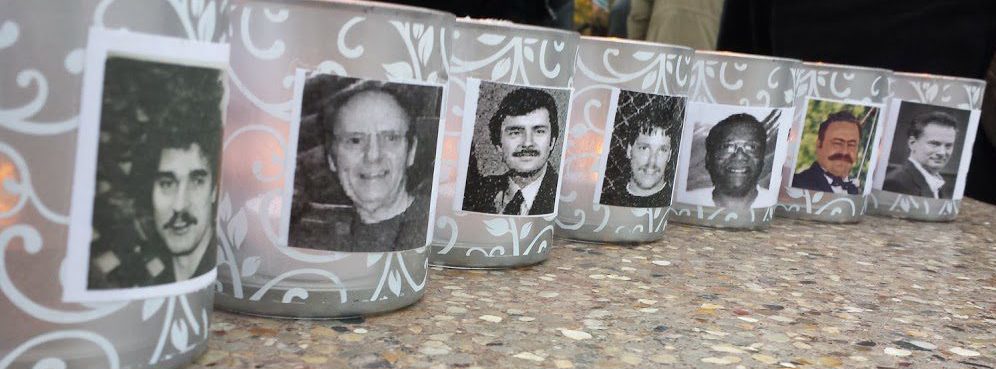
Greeting card drawn and sent from an innocent man held captive by the Wisconsin prison system
A fitting day to share this chapter from my book; triumph that instilled an uncommon but short lived dose of hope and possibilities…
Chapter 33
Legal Woes for the Opposition
Halloween, October 31, 2014. A fitting day to illustrate an unearthing of ghosts still lurking through the halls of the Brown County Courthouse. Finally, twenty-one months of effort put forth by a dedicated legal defense team came to fruition when they filed a 152-page motion, more than one hundred exhibits, and several affidavits in Brown County requesting an evidentiary hearing for Keith Kutska. Close to twenty years later, this small Midwest town was thrust back into legal upheaval.
There was a flurry of news reports on local TV stations and in print. One Green Bay Press-Gazette headline read:
“Defense: Monfils Death a Suicide. New Legal Team Seeks to Have Conspiracy Conviction Thrown Out.”
When this motion was filed, Johnny and I took great satisfaction in knowing we had played a monumental role in its inception. The families were hopeful. We all felt great about it because there was real progress being made. And our miracle was a kick in the legal shins for Brown County. They most likely never expected we’d get this far or that this case would actually make it back into the courts. But there it was. I imagined the clambering behind closed doors to keep their wits about them because the further this moved forward, the more media attention they’d receive. There’d be no escaping public scrutiny or the tough questions that followed. And it’d be a cold day in hell before those questions stopped. This was no longer merely a movement of family members, close friends, and two crusaders from Minnesota. This motion was spearheaded by a respectable law firm armed with an unrelenting dedication and ability to keep on keeping on.

(Photo courtesy of the Green Bay Press-Gazette)
The main points listed are directly from the original 152-page brief and are as follows:
- Defense counsel provided ineffective assistance by conceding the State’s homicide theory without consulting an independent forensic pathologist and investigating the evidence of suicide.
- The State denied Mr. Kutska due process by relying on erroneous forensic pathology, and perjured fact witness testimony.
- Mr. Kutska has presented “sufficient reason” for this motion.
- The court should vacate this conviction in the interests of justice.
These excerpts taken from this same document reveal major aspects of a failed investigation in a massively flawed case:
At approximately 7:42 a.m. on November 21, 1992, Tom Monfils—despondent, shamed, and angry—left his work area at the James River Paper Mill and walked toward an entrance of a nearby airlock passageway. As he neared the airlock, he picked up a 49 lb. weight and proceeded through the airlock. He then entered a storage area where his jump rope was hanging on a railing. With both the rope and weight in hand, Monfils walked to a large vat containing approximately 20,000 gallons of liquid. There, he climbed the steps to the top of the vat, tied one end of the rope around his neck and the other end to the weight, and entered the vat where he suffered traumatic injuries and died from drowning in the liquid.
After a 2 1/2 year investigation, Kutska, and five other mill workers were convicted of first-degree intentional homicide and sentenced to life in prison for Monfils’ death. The prosecution’s theory was that after Kutska had learned that Monfils had reported him to the police for stealing a piece of electrical cord from the mill, Kutska fomented “an angry mob” of his “union brothers” that viciously beat Monfils at a water bubbler (water fountain) at approximately 7:45 a.m. and then disposed of his body in the vat at approximately 7:50 a.m. on November 21, 1992. That theory embraced the conclusions of the medical examiner Dr. Helen Young, who concluded that Monfils had been beaten and then placed in the vat where he died.
Dr. Young’s homicide determination was, however, erroneous and rested on a series of provably false assumptions, as well as her ignorance regarding the engineering design and operating factors impacting the movement of Monfils’ body in the vat. As forensic pathologist, Dr. Mary Ann Sens states in her report, Dr. Young also lacked any scientific or medical basis for reliably and accurately determining that Monfils’ death was the result of a homicide and not a suicide. Indeed, there is ample and compelling evidence that Monfils had taken his own life.
Unfortunately, residents and law enforcement officials in Green Bay remained unwilling to appreciate the implications surrounding the firm’s findings that support a possible suicide. This first round of filings caused the county to push back…hard. They resisted the notion the case had been mismanaged. They remained as steadfast as ever in a dying effort to uphold all of these convictions, including Mike Piaskowski’s, in spite of his exoneration in a federal court. At every opportunity, former District Attorney, John Zakowski, defends the biggest case of his career with toxic statements that still fuel a vengeful public. Afterward and in present day, his most vicious attacks are aimed directly at his worst nightmare come true. In reference to the release of Michael Piaskowski he flatly states, Michael Piaskowski “was not exonerated,” rather, he was “mistakenly let go” due to a poor appeals argument by the attorney general’s office. And in a recent interview he did for a documentary about the Monfils case, Zakowski stated, “People tend to say, ‘Well, it’s only circumstantial evidence.’ Circumstantial evidence is many times stronger.”
Euphoria diminished as we waited and waited for a reply from the State. When the State did finally respond, it was as expected. In their response, they argued against every measure of the firm’s brief. However, it was again the defense team’s turn to have one last say in the matter before a final decision was to be reached. The firm was ready, filing their reply brief earlier than the allotted time…
Order a copy of my book on Amazon.
Order a signed copy through this website (via paypal).
















